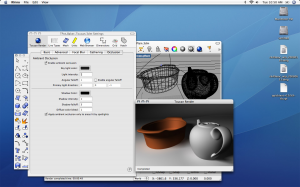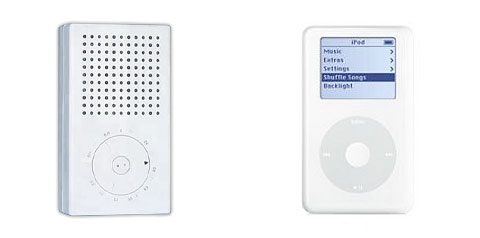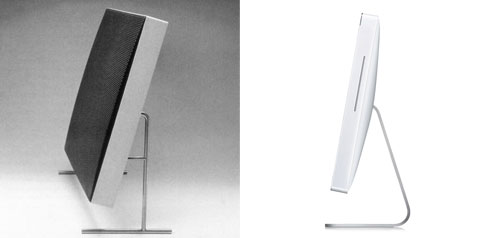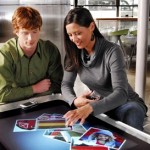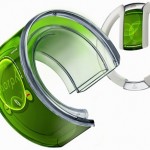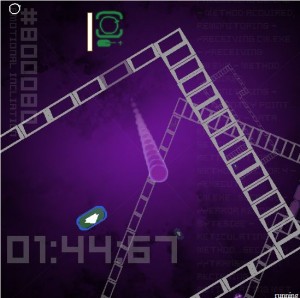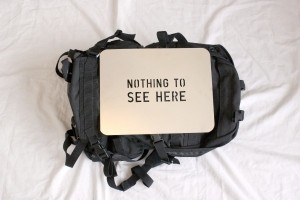Just to collect them in one place, eh?
Software
Processing
Expression Blend
like Flash, but for human beings. You can develop windows applications, or silverlight applications for web or use it with phidgets for physical computing. Very easy to make complex programs.
Quartz Composer
Mac-users can find it on the OSX disc. Visual programming language like Max/MSP
Isadora
Applescript
Funnel
is a toolkit to sketch your idea physically, and consists of software libraries and hardware. By using Funnel, the user can handle sensors and/or actuators with various programming languages such as ActionScript 3, Processing, and Ruby. In addition, the user can set filters to input or outputs ports: range division, filtering (e.g. LPF, HPF), scaling and oscillators
action-coding x funnel x gainer i/o #00 from Shigeru Kobayashi on Vimeo.
Fritzing
is an open-source initiative to support designers and artists to take the step from physical prototyping to actual product. We are aiming to create a software in the spirit of Processing and Arduino, that allows the designer/artist/researcher/hobbyist to document their Arduino-based prototype and create a PCB layout for manufacturing.

Blender
Flash
EyesWeb
Pure Data
vvvv
Virtools
Max/MSP/Jitter
Scratch
Scratch is a new programming language that makes it easy to create your own interactive stories, animations, games, music, and art — and share your creations on the web.
Scratch is designed to help young people (ages 8 and up) develop 21st century learning skills. As they create Scratch projects, young people learn important mathematical and computational ideas, while also gaining a deeper understanding of the process of design.
[youtube=http://www.youtube.com/watch?v=jxDw-t3XWd0]
Openframeworks
is a C++ library for creative coding.
made with openFrameworks from openFrameworks on Vimeo.
GoblinXNA
is a platform for research on 3D user interfaces, including mobile augmented reality and virtual reality, with an emphasis on games. It is written in C# and based on the Microsoft XNA platform. Goblin XNA inherits some of the goals of the earlier Goblin project, but with a shift in emphasis toward core 3D user interface functionality, leveraging the existing functionality of DirectX 3D game engines and development environments. The platform currently supports 6DOF (six degree of freedom) position and orientation tracking using marker-based camera tracking through ARTag with OpenCV or DirectShow, and InterSense hybrid trackers. Physics is supported through BulletX and Newton Game Dynamics. Goblin XNA also includes a 2D GUI system to allow the creation of classical 2D interaction components.
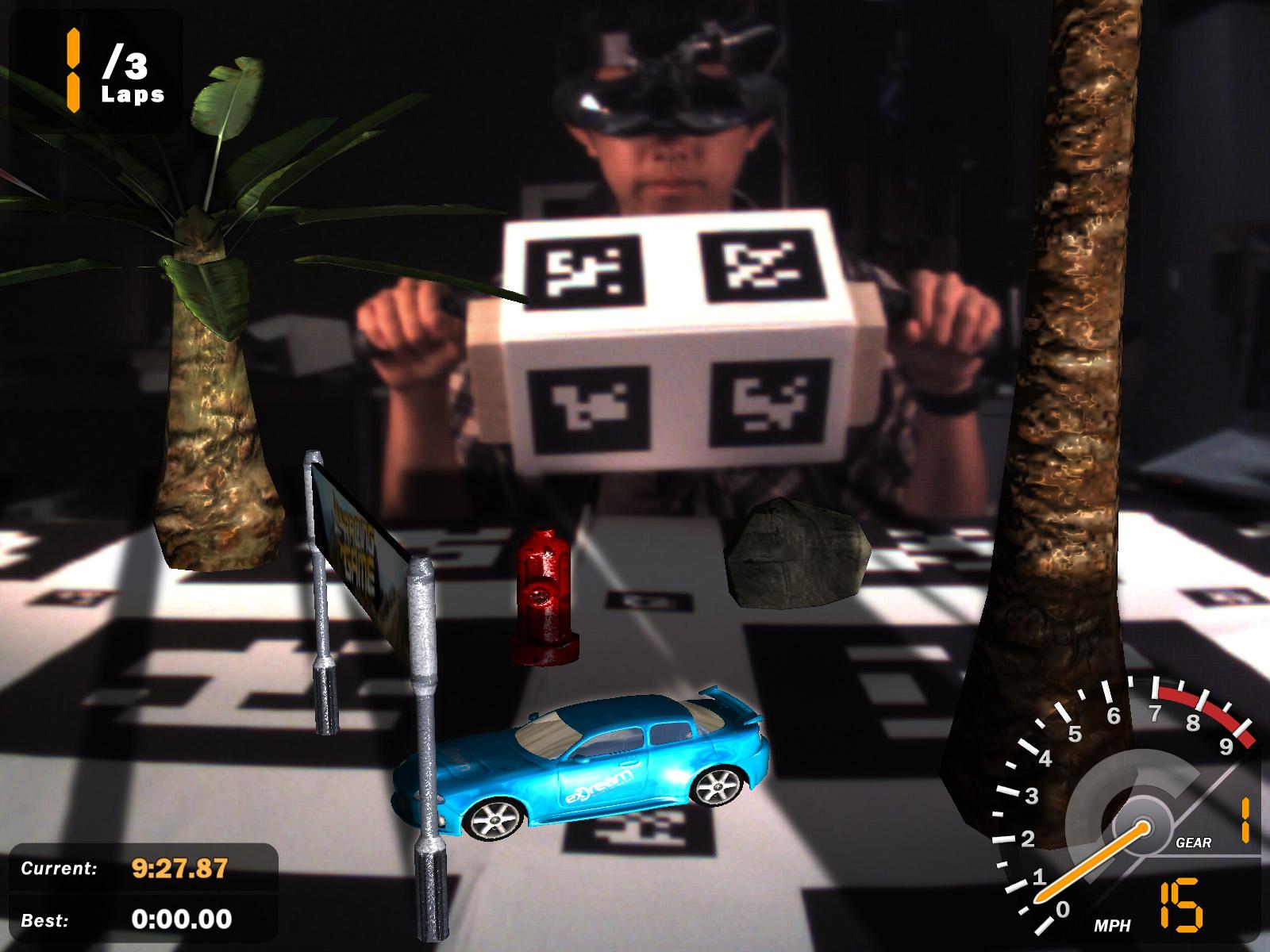
BuildAR
is a software application that enables you to create simple augmented reality scenes on your desktop. BuildAR provides a graphical user interface that simplifies the process of authoring AR scenes, allowing you to experience augmented reality first hand on your desktop computer. All you need is a PC, a webcam and some printed patterns.

ARToolKit
is a library for creating augmented reality applications. It does not run by it self, but Blender and BuildAR and vvvv use it.
ARTag
Hardware
Arduino
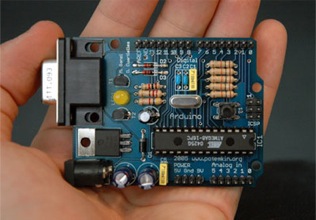
Gainer
Gainer is an environment for user interfaces and media installations. By using the Gainer environment, the user can handle sensors and/or actuators with a PC on various programming environments such as Flash, Max/MSP, Processing and so on. The basic concepts are:
The user can use it for creative work from prototype stage to final output stage.
Using a breadboard allows the user to learn by mistake.
The user can build their own I/O module from components.
The user can choose a configuration from various configurations (software and hardware).
Open source software and hardware.

Wiring
is an open source programming environment and electronics i/o board for exploring the electronic arts, tangible media, teaching and learning computer programming and prototyping with electronics. It illustrates the concept of programming with electronics and the physical realm of hardware control which are necessary to explore physical interaction design and tangible media aspects.
Make Controller

a full featured input/output controller that is simple and robust enough for beginners, and powerful enough for experienced developers.
Using the Make Controller, you can:
Control motors (stepper, servo, and DC)
Switch lights
Measure temperature, distance and other values
Detect people/movement
Control things from your desktop or laptop
and more…
Basic Stamp
Propeller
I-CubeX
create your own interactive product prototype, responsive display environment or alternate musical controller ! The I-CubeX environment enables you to do just that. It is designed to enable you to use sensors for controlling multimedia content. It can also be used to obtain sensor data for (scientific) analysis. With the I-CubeX, translate sensor signals with high resolution into MIDI messages.

Gumstix
Small embeddable computers. Pretty cheap and really powerful. You can have a ready packaged version or just the motherboard.

BlueSense
BluePD introduces Pure Data to the world of physical computing. With BluePD you can design your program visually using the popular Pure Data package. BluePD is equipped with a powerful minicomputer which can execute your patch. This allows BluePD to physically control your setup without any attached computer. BluePD has a special port to connect multiple BlueSense modules. Expensive.

Lego MindStorms
This is a terrible post, sorry.

